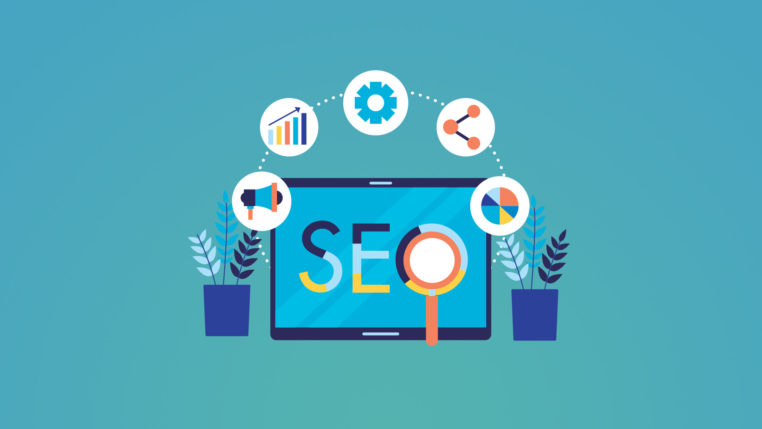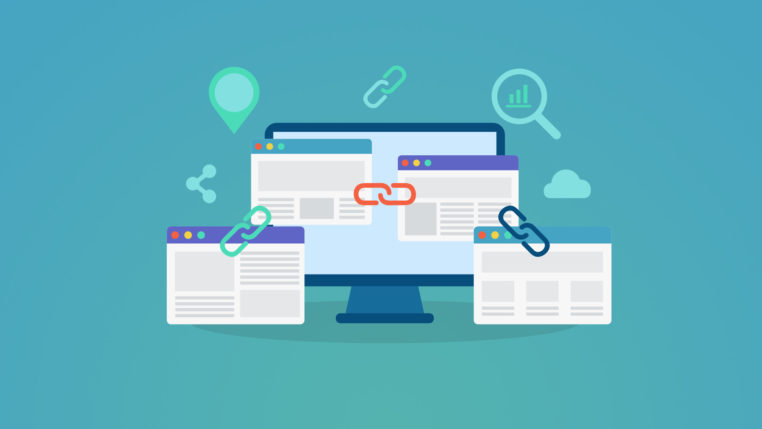Best for Your Business in 2022: SEO or SEM

Table of Contents
There’s no denying that SEO has been around for many years now, and every business knows about SEO to some degree. You follow some rules and guidelines like optimizing your images and using keywords, and you’ll rank highly at the top of Google. Thus, getting more traffic, thus being more successful.
Makes sense, right?
Well, this was easy until SEM came along. SEM, which stands for Search Engine Marketing, has actually been around for a long while, but while the two terms sound fairly similar, I’m going to go right ahead and lay down the groundwork.
SEO and SEM are not the same. But, they do relate to the same things, which is getting people to come to your website and making them aware of your digital presence. You can use both at the same time, but it starts with understanding, which is exactly what we’re going to be focusing on today.
What are the Differences Between SEO and SEM?
The differences are really simple. SEO is the term that refers to the techniques you follow to help boost the search engine ranking of your content organically. This is through the use of keywords, having a fast and responsive website, and guest posting to boost your link quality.
On the other hand, SEM refers to the paid approach of ranking high on search engines through advertisements. You know when you type something in on Google, and you get a few ad results at the top of the page, and then the typical search engine results, well, SEM is all about getting to the top of the advertising slots.
To quickly remember this: SEO is free, SEM is paid.
Using SEO with Your Business
Most businesses are going to want to start with SEO because it’s free, and it can have such a dramatic impact on the ranking of your business. If you’re ranking at the top of Google, for example, statistics show you’re going to get around 33% of all traffic that searches your term (which is huge), and even if you don’t rank number one, 75% of searchers never go past the first page.
The benefits of acing your SEO practices cannot be ignored. Since you rank near the top, you’ll receive such a massive boost to your brand awareness, and people will believe you’re the authority when it comes to your niche. If you weren’t the best, then why would Google be putting you at the top?
What’s more, if you’re a business that isn’t focused on SEO and you’re ignoring it, you can actually be ranked down. At the end of the day, Google wants to offer its users the very best experience it possibly can, which means providing them with quality websites that give them what they want.
If your website isn’t offering what Google deems to be a ‘positive experience’, then you’re going down the list to make way for a website that can.
Using SEM with Your Business
SEO is great if you’re looking to consistently get people to come to your brand and pay attention to what you have to offer, but what happens when you’ve got something special you want to share, like a new service or product that you want to push in front of the masses?
This is what SEM is all about.
Since you’re paying for the content you’ll be posting in the form of ad space, you’re going to want to make sure you’re offering something special that’s going to make your ROI worthwhile.
However, and there’s a big however. The main draw to using SEM in the modern age is the fact that your ad content is targeted. In other words, you dictate the criteria of who sees your ad, regardless of what they are searching for.
For example, if you’re trying to market your new clothes or baby bottles to pregnant, new mothers, then you may want to advertise to all new mothers, or you may want to only target new mothers in New York since you’re a local business, or to people who do a lot of shopping online since you don’t have a brick-and-mortar store.
“When you’re specific with your targeting, this means you’re able to highlight the customers who are much more likely to convert, which will give you a higher ROI. However, this is only going to work if you know who you’re targeting, so you’re able to advertise accurately,” shares Nikki Bennett, a marketing blogger at Origin Writings and Brit Student.
Which is Better for Your Business?
There are pros and cons to both SEM and SEO.
“On the one hand, SEO is free, and the results will last for a long time (literally the entire lifespan of your website), as long as you keep the SEO elements up to date. However, making sure this is the case can take time and a lot of resources, especially if you don’t really know what you’re doing and need to hire someone to help,” explains Aaron Davis, a business writer at Write my X and 1 Day 2 write.
Alternatively, SEM gives fast results and instant feedback, but it’s going to cost you. If you’re trying to bid for ad space on a highly contested keyword that a lot of people are searching for, then you’re going to need a lot of money to win that space.
So the best approach?
Scrap your thinking that is comparing the two and start using both SEO and SEM together. Ensure you’re paying attention to SEO in everything you do, like taking the time to find proper keywords and optimizing your images when you’re uploading them.
Then start running SEM campaigns when you have a specific goal you want to fulfill. However, know that SEM campaigns that take off and going to cost you a lot of money, so learn when to cut down and minimize your costs so you’re not operating at a loss, and then continue to boost your brand awareness organically with SEO.
By mastering both online processes, you are dramatically increasing the opportunities your business has to succeed.
Share this article



